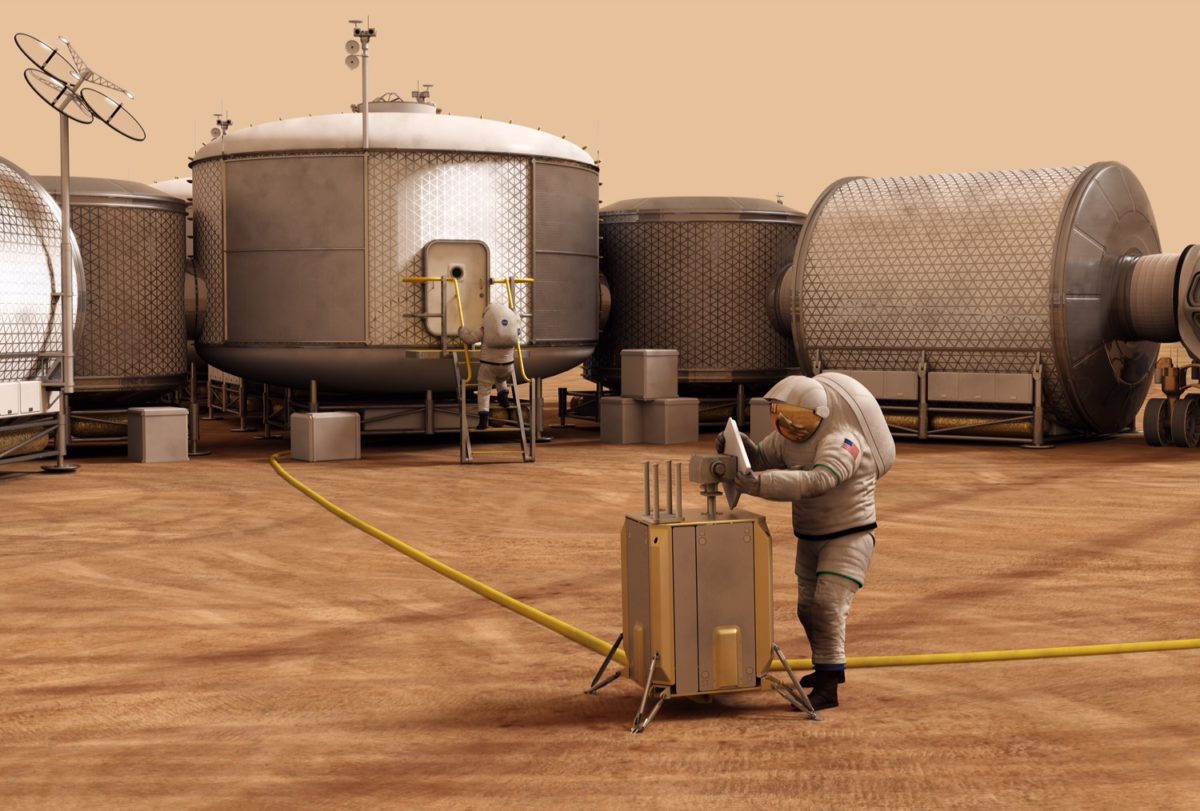Planetary Radio • Jul 26, 2017
Planetary Radio Live! Living on Mars
On This Episode

Dorit Donoviel
Director for Biomedical Innovations Lab, Center for Space Medicine, Baylor College of Medicine

David Paige
Professor of Planetary Sciences for UCLA

Humphrey Price
Chief Engineer for NASA's Mars Exploration Program
Will humans live, work and thrive on Mars? What challenges must be met before we can become Martians? On July 20th, the anniversary of the Apollo 11 moon landing, Mat Kaplan welcomed an outstanding panel of experts for conversation in front of a Pasadena, California audience. Mat also talked with the six men and women who are nearing the end of the eight-month HI-SEAS V Mars analog mission in Hawaii. Later, Bruce Betts arrived on stage with another examination of the current night sky, along with a new space trivia contest.
Related Links:
- Complete video of this Planetary Radio Live event
- HI-SEAS V Mission Team Planetary Radio Live "Conversation" with Mat Kaplan
- HI-SEAS V Mars Analog Mission and Team
- NASA Mars Exploration Zones Video
- August 20th Planetary Radio Live at Southern Illinois University Carbondale
- Dorit Donoviel
- David Paige
- Humphrey “Hoppy” Price
- Chop Shop Planetary Society Store
This week's prizes are the brand new Chop Shop-designed Planetary Radio t-shirt, cheap but effective Bill Nye solar eclipse glasses, and a 200-point iTelescope.net astronomy account.
This week's question:
Mars’ orbit is elliptical, of course. How much closer is it to the sun when it is at perihelion (closest to the sun) than it is at aphelion (farthest from the sun)?
To submit your answer:
Complete the contest entry form at http://planetary.org/radiocontest or write to us at [email protected] no later than Wednesday, August 2nd at 8am Pacific Time. Be sure to include your name and mailing address.
Last week's question:
By mass, what is the fourth most common element in the sun, after hydrogen, helium and oxygen?
Answer:
The answer will be revealed next week.
Question from the week before:
Who submitted the name “Sojourner Truth” for the Mars Pathfinder rover, named in a Planetary Society-led contest?
Answer:
What appear to be snow-capped peaks on Pluto are largely covered in methane ice.


 Explore Worlds
Explore Worlds Find Life
Find Life Defend Earth
Defend Earth




